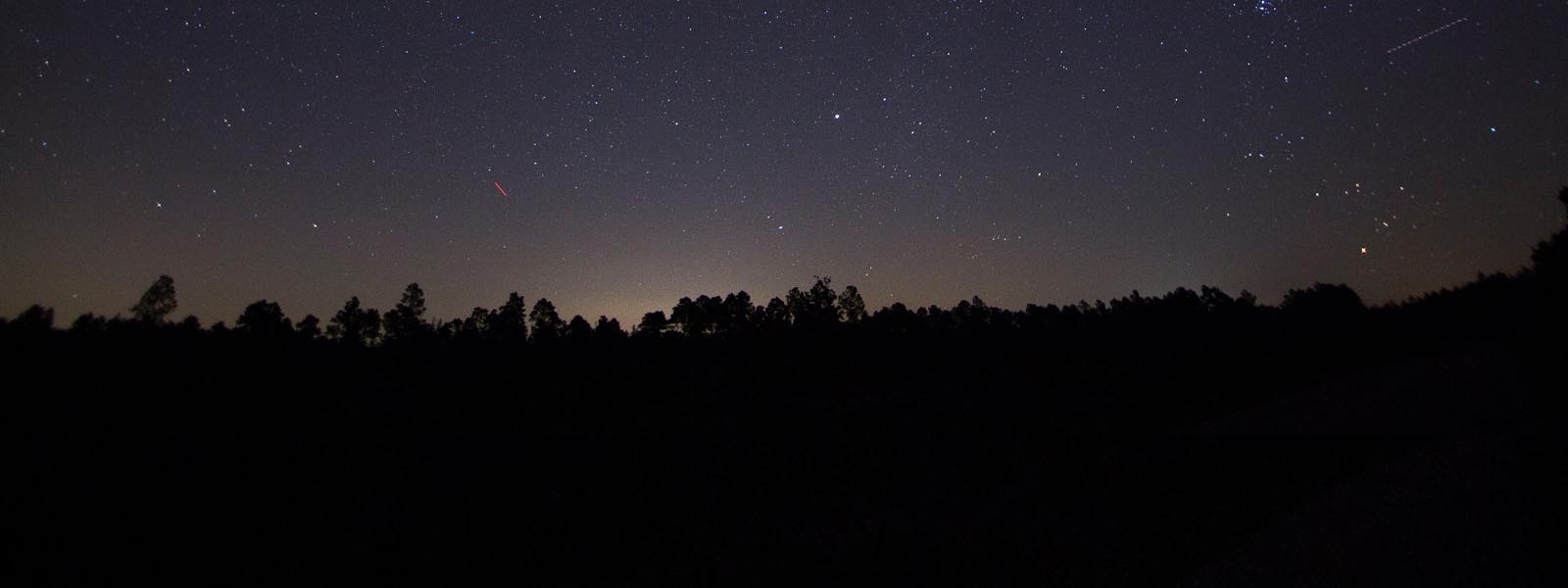About the project
The Reducing Urban Glow in Bundaberg project is a collaboration between Bundaberg Regional Council, project partners and technical experts.
The project uses smart technology to measure urban lighting levels and makes that data available to the community to reduce the negative impact of lighting on both nesting and hatchling marine turtles.
This project aims to empower the community to make informed decisions about their use of light and take positive action to reduce urban glow.
Why is it important?
All of the world’s sea turtle populations are considered rare or threatened. Six live in Australia, and three nest along the Bundaberg Region’s coast at Mon Repos, Burnett Heads, Moore Park Beach, and Bargara. The Bundaberg coastline hosts the largest concentration of nesting marine turtles on the east coast of Australia and is home to 50 per cent of endangered Loggerhead turtle breeding activity in the South Pacific Ocean.
Scientific evidence indicates that artificial light sources have a negative impact on adult turtle nesting site selection and hatchling ocean-finding behaviour by preventing turtles from navigating to and from the ocean.
Project scope
This project has two primary elements consisting of measuring urban glow and deploying smart lighting.
Measuring Urban Glow
A network of sensors that measures light pollution has been strategically placed along the region’s coastline and across Bundaberg City. The data collected from these sensors will provide insight into how the amount of urban glow changes over time with respect to the areas covered by the sensor network.
Data from these sensors can be viewed using urban glow heat maps, which show the previous night's data. Alternatively, historical datasets can be downloaded from the Australian Government's data.gov.au website.
Smart Lighting Technology
Smart lighting technology has been deployed across select areas of the Bundaberg region's coastal area. These lighting improvements include:
- Collaborating with Ergon Energy to transition 212 conventional streetlights (including replacement of 118 mercury vapor lights) to smart-enabled LED lights. A subset of these lights will be integrated with motion detection sensors to reduce lighting levels when vehicles are not present.
- Installation of smart technology (i.e. motion sensors) on 32 LED streetlights in central Bargara and Burnett Heads.
- Installation of turtle sensitive lighting and motion sensors along the Bargara foreshore pedestrian pathway (extending from Nielson Park to Burkitt Street). The new design is compliant with Australian lighting standards and includes specially engineered lights with the following features:
- Low colour temperature (yellow/amber in appearance) to reduce the amount of light in the blue spectrum. Turtles are particularly sensitive to light in the blue spectrum.
- Recessed light fittings with louvres and internal masking to control the direction of light and minimise seaward light spill.
- Smart technology that allows for dimming of lights down to 20% when lighting is not required, and a gradual ramping of lights to 100% when pedestrians are detected.
- Lighting improvements across Council parks and open spaces that include installing sensors/timers, moving overhead lights downward, using low colour temperature lighting in BBQ shelters with motion sensors, and installing shades/shielding to minimise seaward light spill.
This project is funded by the Australian Government under Round 2 of the Smart Cities and Suburbs Program.


